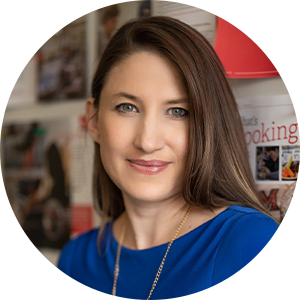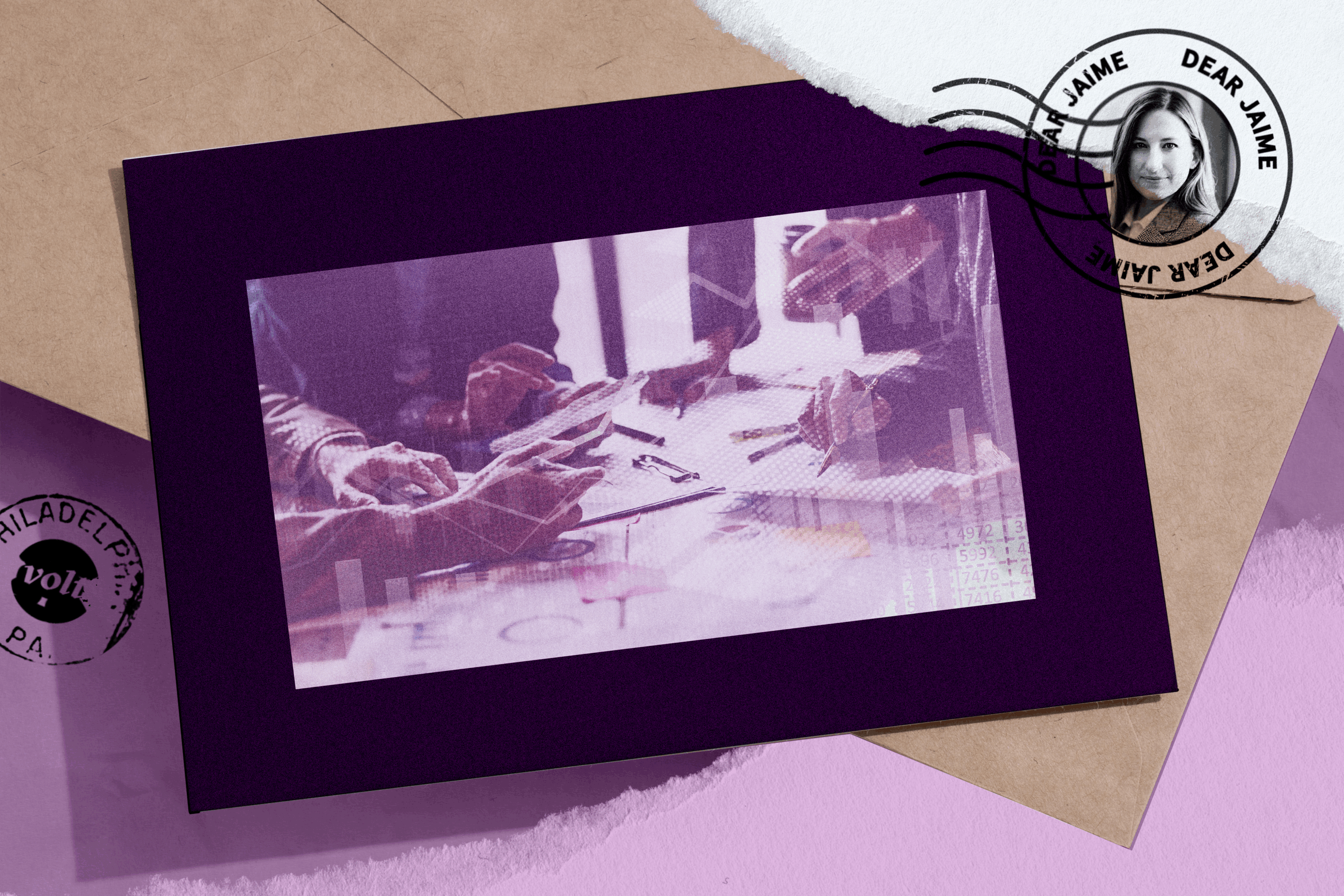Dear Jaime is Volt’s regular advice column. The questions in today’s post are samples of the kinds of questions that Jaime Hunt, our columnist and a higher ed marketing pro, gets in her inbox. To send her a question you’d like answered (anonymous or signed, you decide!), you can submit your question here or send an email to dearjaime@voltedu.com.
I’m a one-person shop and feeling overwhelmed! What should I do?
Being a solo strategist is like being a Swiss Army knife — impressive, versatile and occasionally overwhelming — let’s sharpen those tools and get creative.

Dear Jaime:
I am a one-person shop in a decentralized unit. How can I leverage resources to best support my department? – Solo Strategist
This may be one of the most frequent questions I get asked. Operating as a one-person shop in a decentralized unit can indeed be challenging, but it offers unique opportunities to be resourceful and strategic.
- First, I recommend establishing strong relationships with colleagues in other units. Having no one to bounce ideas off of or brainstorm with is a downside of being a one-person show. Building a network of peers can help you do just that. Don’t forget your peers in the central office. Having connections there will help you understand the overall communications landscape on your campus and will give you access to a broad range of resources you don’t have.
- It is also important to prioritize your work. I don’t think one person can accomplish everything a department needs. Work with your leadership to determine the key priorities, and structure your work to stay focused on those. Learn to say “no” to tasks that don’t align with those priorities. This will help you manage your workload more effectively.
- Take advantage of generative AI wherever possible. Tools like ChatGPT, Claude, Midjourney, Pictory and others can dramatically impact your productivity. Whether you use these tools to generate content or use them for administrative tasks, they can really expand your bandwidth. If you are new to generative AI, look for workshops, webinars and other professional development opportunities that allow you to expand your skillsets.
- Consider making a business case for more support and resources. Prepare a well-thought-out business case to present to your leadership. Showcase how additional support or resources will benefit your department. It’s incredibly helpful to demonstrate the impact of your work by showcasing your current successes and results. In higher ed, it is often hard to get new FTEs; however, perhaps you can get additional funding for student workers or outsource some aspects of your role.
- Finally – and perhaps most importantly – embrace a resourceful mindset. Although being a one-person shop can be challenging, it can push you to try new things and embrace unconventional solutions that help your department stand out.
Dear Jaime:
I am struggling with the relationship with our admissions office. They have their own enrollment communications team and aren’t interested in working with the central office. How can I build bridges with them so we can work together and support our university? – Unity Seeker
Dear Unity,
Building bridges with your admissions office can be challenging, especially when they have their own communications team and seem disinterested in collaborating. However, fostering a collaborative environment is crucial for supporting the broader goals of the university.
I recommend starting by scheduling a meeting with the admissions team to understand their goals and challenges. Be clear that your motivation is to help them achieve those goals and learn more about how your department can be more supportive. Listen with empathy and genuine interest. From that meeting, you should be able to identify areas where your goals and their goals align.
Once you’ve identified shared goals, propose a small, manageable project that requires collaboration. A social media campaign could be a good starting point. Put your best work into the project; the goal is to build trust and show the value of working collaboratively. Collaboration takes muscle memory and a bad experience will only push them further from you. And be sure that whatever you tackle is measurable – numbers tell a story!
Throughout your engagement with them, encourage open communication to prevent misunderstandings and to ensure everyone feels supported. It is critical to recognize and respect their expertise. Offering your support and your team’s expertise without overshadowing theirs will help them feel less defensive and will make them more willing to be open and transparent.
Whenever possible, try to build personal relationships. Offer to take your peers out for coffee or lunch. Be genuinely interested in them and their interests. Personal relationships can be a great buffer for any bumps in the road along the way.
Finally, remember that building bridges takes time. Be patient but persistent. And remember to give people the benefit of the doubt.
By understanding their challenges, finding common ground and demonstrating the benefits of working together, you can build a stronger, more collaborative relationship with the admissions office, ultimately supporting the university’s mission more effectively.
Newsletter Sign up!
Stay current in digital strategy, brand amplification, design thinking and more.



